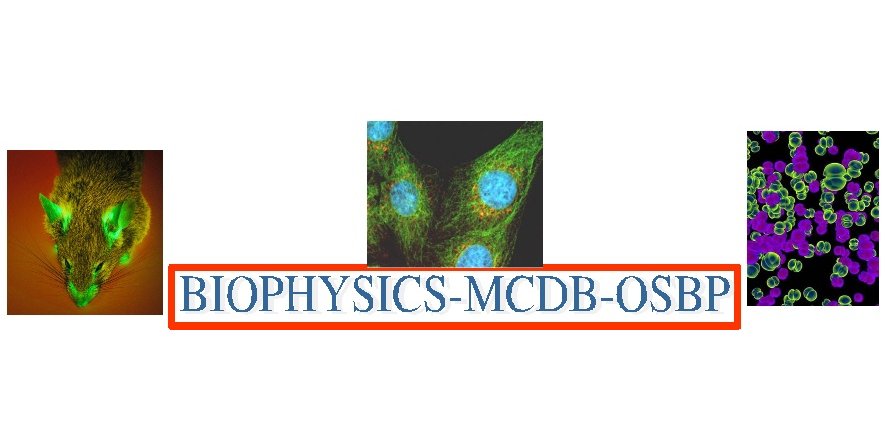Interdisciplinary Graduate Programs Symposium

2010 OSU Molecular Life Sciences
Interdisciplinary Graduate Programs Symposium

Talk abstracts
Abstract:
FSHD is a dominant muscular dystrophy likely caused by epigenetic changes that lead to up-regulation of myotoxic genes. No gene has been definitively linked to FSHD pathogenesis, and this insufficient understanding has hindered development of targeted therapies. RNAi is emerging as an important strategy to treat dominant genetic disorders, but this approach requires specific gene targets. Toward this end, we are performing parallel studies to (1) identify potential gene targets for FSHD therapy and (2) develop muscle-directed RNAi strategies to treat dominant muscular dystrophies.
DUX4 has recently emerged as a strong FSHD candidate gene due to its location in an FSHD-associated chromosomal region, elevation in patient tissue, and induction of apoptosis in vitro. However, the in vivo effects of DUX4 over-expression have not been reported. Here, we show the first in vivo evidence of DUX4 myotoxicity. We found that DUX4 causes deficits consistent with muscular dystrophy in zebrafish and mice. In zebrafish, DUX4 expression produced body malformations, somite defects, and myofiber degeneration. In neonatal mice, AAV6-delivered DUX4 caused muscle atrophy and adipose tissue replacement of muscle. In adult mice, AAV6.DUX4 produced muscle degeneration and turnover, apoptosis, and weakness. Importantly, expression of structurally intact but functionally inactive DUX4 mutants eliminated toxicity, supporting that DUX4-associated phenotypes are related to DUX4 function and not simply to non-specific over-expression. Our data justify further investigation of DUX4 in human FSHD, and support DUX4 animal model and RNAi therapy development. To establish proof-of-principle for the latter, we built an RNAi-based strategy to reduce toxic FRG1 in a putative FSHD mouse model. We designed and delivered FRG1-targeted microRNA vectors that significantly reduced FRG1 levels and improved muscle mass, strength and histopathology in FRG1 mice. Together, our data suggest a role for DUX4 in FSHD pathogenesis, thereby justifying development of DUX4-targeted treatments. Moreover, our results support the feasibility of RNAi therapy for FSHD and other dominant muscular dystrophies.
Keywords: muscular dystrophy, RNAi, DUX4